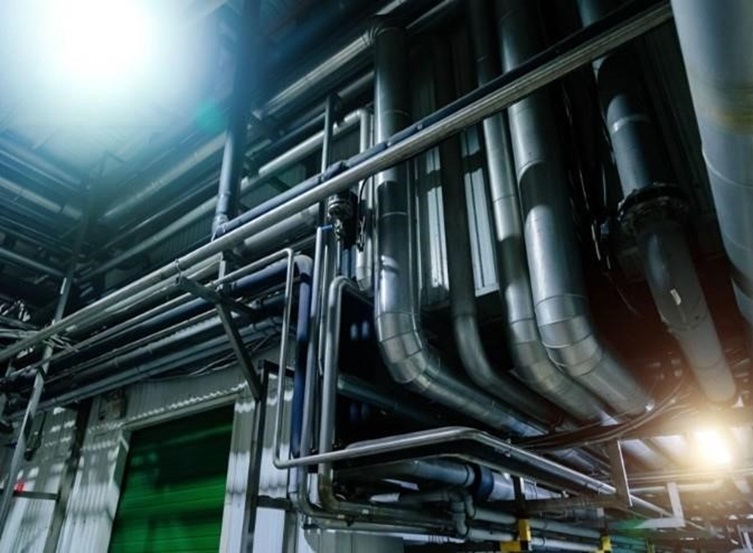Industrial Piping Engineering is a science and a specialized discipline of Mechanical Engineering that is seldom covered in any University curriculum. The science behind piping engineering is extremely important for the reliability of the plant and the safety of the process, personnel, and public. In a typical Chemical or Process Plant, the material cost of piping is around 35% of the initial fixed cost next to the material cost of major equipment (~50%). The field labour cost against the piping goes around 50%. Piping consumes around 50% of engineering man-hours for its design.
The importance of piping is far beyond these values. The piping system consists of several piping components. The failure of any one of these components has the potential to shut down the whole plant and, in some cases, it becomes a serious threat to public safety which demands 100% accuracy both in design and erection. With this aim, the course content is meticulously designed to cater to the needs of the Process, Oil & Gas, and Chemical Industries. In a nutshell, the course covers the hydraulics of piping systems subjected to both single and two-phase gas & liquid flows, pipe design, flange types & class, valve types & class, pipe stress analysis, pipe supports, crosscountry onshore pipeline construction, and ASME B31.1-Power Piping, ASME B31.3-Process Piping.
This course is embedded with working examples of several practical problems coupled with hands-on experience in pipe stress analysis software, and meticulously designed industrial projects for learners' execution.

Fundamental knowledge in Fluid Mechanics and Strength of Materials
20 hours of self-paced interactive learning, including summative assessment and expert live interactions
At the end of the course, the student will be able to:
![]() Explain the liquid & gas/vapor two-phase phenomena through a pipeline.
Explain the liquid & gas/vapor two-phase phenomena through a pipeline.
![]() Predict the pressure drop for both single & two-phase flows through the pipe, pipe fittings, orifice, nozzle, venturi, valves, and pipe networks.
Predict the pressure drop for both single & two-phase flows through the pipe, pipe fittings, orifice, nozzle, venturi, valves, and pipe networks.
![]() Distinguish the set forth engineering requirements necessary for the safe design and construction of piping systems covered in ASME B31.1, B31.3, and 31.4 codes
Distinguish the set forth engineering requirements necessary for the safe design and construction of piping systems covered in ASME B31.1, B31.3, and 31.4 codes
![]() Judge the two-phase flow regime and select appropriate friction factor correlations, materials, flange & valve classes, and gasket of a process requirement.
Judge the two-phase flow regime and select appropriate friction factor correlations, materials, flange & valve classes, and gasket of a process requirement.
![]() Design the piping system for the given process requirement, and comply with international codes & standards.
Design the piping system for the given process requirement, and comply with international codes & standards.
![]() Perform the flexibility analysis of a given piping system and modify it to ensure safe operation.
Perform the flexibility analysis of a given piping system and modify it to ensure safe operation.
© BITS - L&T EduTech , All Rights Reserved.
Designed by IT Services Unit BITS Pilani, Pilani Rajasthan.
Visitor Count -
